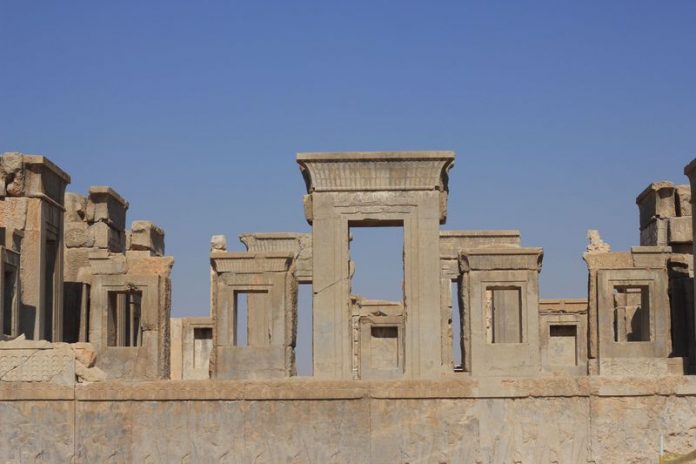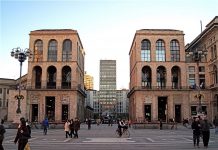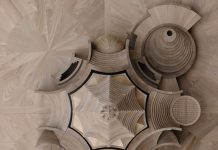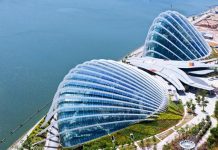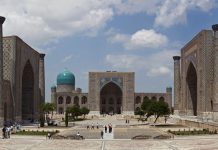Architecture is not only a construction, as the adherents of extreme constructive purism thought. “After all, our vision is looking for the elegant,” says Vitruvius; but the impression of elegance, the “feast for the eyes” that we expect from works of art, cannot be created if we do not take care to organize the movement of the eye along the lines and forms of the structure.
The balance of movement during the transition from one arch to another can hardly be achieved by any methods of solving support nodes in metal, as the example of many other bridges shows us, and, first of all, at least the example of the southern bridge in Cologne, whose support nodes, solved in metal, do not give us the impression of satisfaction., due to the weakness of the vertical movement on the intermediate supports, which does not balance the powerful movements of the arches.
Meanwhile, the masses of stone towers of the North Cologne Bridge perform very well the task of balancing the movements of the arches and therefore are quite a reasonable motive by which the desired result is achieved (although, of course, the interpretation of this form in the spirit of medieval knight castles does not fit well with the forms of the bridge and cannot cause sympathy from the modern viewer).
“The turrets located between the spans also help to avoid restless wandering of the eye,” F. rightly notes. Hartmann in his “Aesthetics in Bridge Construction”.
Of course, such turrets are not always advisable. If the bridge is located high above the water level, then the supports of the arches can themselves create a strong vertical movement that balances the movement of the arches, but even in this case the vertical axis of the supports must be architecturally expressed.
The absence of such an architectural expression of the vertical of the intermediate supports somewhat detracts from the aesthetic significance of the beautiful bridge over Lake Melar in Stockholm, erected in recent years.
The movement, starting from the sculptural groups standing on the coastal abutments, moves to a modest in form, but rhythmic construction of approaches to the middle span.
Stopping at the powerful masses of the supports of the arch span, the gaze then follows the rapid movement of the shapes of the arches and the roadway of the arch span and slows down, approaching the supports of the other bank, and the slowing down of the movement is facilitated by the racks that increase in height, as they approach the supports, transmitting the load from the roadway to the arches.
Further, the gaze marks the girder spans of the approach and stops at the sculptural groups of coastal abutments. Due to the predominance of horizontal movement and powerful forms of arch supports and coastal abutments, the bridge gives the impression of exceptional monumentality and calm balance of parts.
The impression of an unbalanced movement of forms can be enhanced by people who are familiar with the technique to one degree or another. This impression will be enriched by their knowledge of the work of various parts of structures, load-bearing and load-bearing elements.
This, perhaps, explains that the sensations of unbalance of visual movement were often replaced by similar associations associated with considerations about the work of various parts of the structure and the play of constructive forces, which, as a rule, coincide with the “forces of inertia” that arise when the direction changes or the sudden stop of visual movement, and even more sharply emphasize the impression of the unbalance of the latter.
A number of other reasons, depending on the personality of a person, on his worldview, social moments, can make a number of significant changes in perception. For example, there were architectural schools that put forward demands for an infinitely long rhythmic series, optical imbalance of forms and other moments that contradict the objective laws of aesthetics, which we know from the analysis of beauty in nature and in the best works of art.

